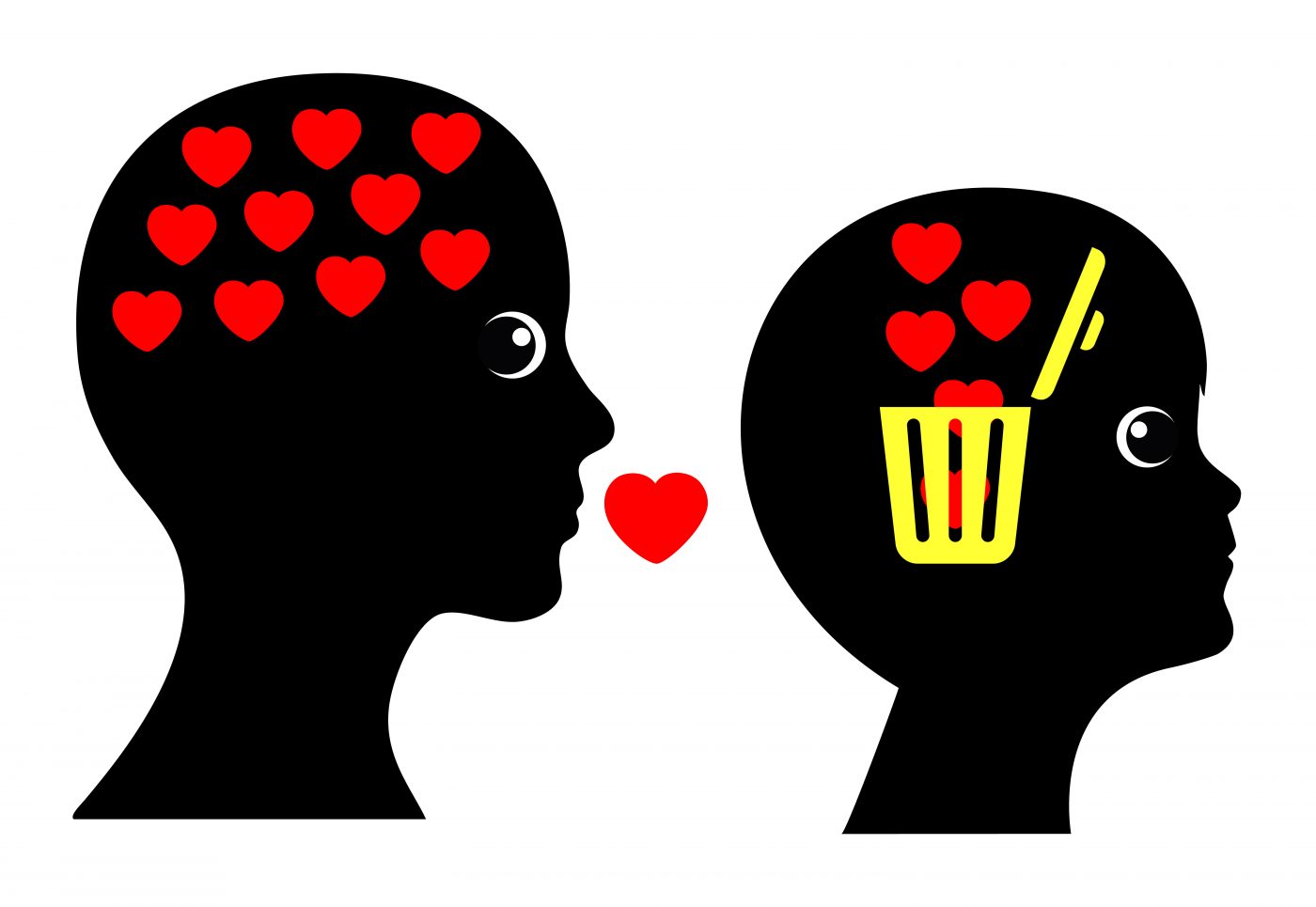Contents
Introdcution

Lifespan Integration Therapy (LIT) – Techniques, Applications, and Effectiveness
Lifespan Integration Therapy (LIT) is a therapeutic approach designed to help individuals heal from trauma and emotional distress by integrating memories and life experiences into a cohesive narrative. LIT assists clients in developing a more accurate sense of self, facilitating emotional healing and enhancing mental health. This article delves into the core principles of LIT, explores its key techniques, applications across different therapeutic contexts, and assesses its effectiveness. It will also address common misconceptions, criticisms, and highlight notable figures who have contributed to the development and practice of LIT.
What is Lifespan Integration Therapy?
Lifespan Integration Therapy (LIT) is a trauma-informed therapeutic method created by Peggy Pace in 2003. LIT operates on the premise that unresolved trauma and emotionally painful experiences can lead to psychological difficulties and unhealthy coping mechanisms. Through a process of guided imagery and connecting past memories to the present self, clients can reorganize fragmented memories and create a continuous, coherent self-narrative. LIT is primarily non-verbal, allowing clients to process trauma without having to re-experience it in detail, making it particularly effective for individuals with PTSD, attachment issues, and emotional dysregulation.
(LIT) is grounded in the body-mind system’s inherent capacity for self-healing, drawing on neuroscience research that highlights trauma’s impact on the brain. It leverages the principle of neural plasticity, which allows the brain to adapt, reorganize itself, and form new neural connections over time. Psychological dysfunction often stems from inadequate neural organization and disrupted connectivity between isolated neural fragments, typically resulting from traumatic experiences or neglect and abuse during childhood.
Why Lifespan Integration Therapy is Important?
LIT is important because it addresses trauma and emotional wounds without requiring clients to relive painful experiences verbally. The therapy’s focus on integrating past and present experiences helps clients resolve emotional blockages, leading to healthier mental and emotional functioning. By strengthening the client’s sense of self, LIT supports the development of resilience and helps individuals achieve a more grounded and regulated emotional state. It is particularly valuable for individuals who have experienced complex trauma, attachment issues, or childhood emotional neglect.
Real-Life Example: A 35-year-old woman with a history of childhood emotional neglect begins LIT to address her anxiety and difficulty forming close relationships. Through the timeline technique, she reviews memories of her childhood and integrates them into her present understanding of herself. Over time, she gains a deeper sense of self-worth and emotional security, which improves her relationships and reduces her anxiety.
Core Concepts
- Neural Integration: LIT helps the brain integrate fragmented memories by creating new neural pathways. This process enables past experiences to be recontextualized and emotionally integrated, reducing emotional distress and fostering mental well-being. The formation of these new pathways supports the brain’s ability to process and integrate traumatic experiences effectively, promoting overall emotional stability. This neural integration is crucial for long-term recovery and emotional resilience.
- Non-Verbal Processing: Unlike traditional talk therapy, LIT emphasizes non-verbal techniques, allowing clients to process trauma without having to verbally recount distressing memories. This method is particularly advantageous for individuals with severe trauma or those who find it challenging to articulate their experiences. By bypassing verbal recounting, clients can engage with their trauma in a less invasive manner. This approach helps clients feel safer and more comfortable during the healing process.
- Reparenting: LIT incorporates reparenting techniques, enabling clients to provide emotional care and support to their younger selves. This process helps address unmet needs from childhood and fosters emotional healing. By nurturing their inner child, clients strengthen their sense of self and enhance their ability to manage emotions and relationships. This supportive practice is essential for developing a more compassionate and integrated self.
- Somatic Memory Release: LIT focuses on releasing emotions stored in the body by connecting physical sensations to emotional memories. This approach helps clients release pent-up emotional energy and achieve better emotional regulation. By addressing somatic memories, clients can alleviate physical symptoms associated with trauma and improve their overall emotional health. This method enhances the therapeutic process by incorporating the body’s role in emotional healing.
Techniques Used in Lifespan Integration Therapy
- Guided Timeline Technique: This method involves creating a visual or mental timeline of significant life events. Clients connect past traumas to their present self, helping to integrate fragmented memories and reduce emotional intensity. This process aids in achieving a coherent self-narrative, enhancing overall psychological integration.
- Reparenting Protocol: This technique guides clients to nurture and care for their inner child. By addressing unmet emotional needs from childhood, it fosters a sense of security and self-compassion. Clients learn to provide the support they needed in their early years, promoting long-term emotional healing.
- Processing Combat Trauma: Clients use LIT to revisit and integrate traumatic combat experiences. By connecting these memories with their current self, they can diminish flashbacks and emotional distress. This approach helps in reframing traumatic memories, reducing their impact on daily life.
- Nurturing the Younger Self: Clients engage in exercises that allow them to emotionally support and care for their younger self. This process helps heal past wounds and strengthens their sense of emotional stability and self-worth. By fostering this inner relationship, clients can achieve deeper emotional resilience.
- Improving Emotional Regulation: LIT aids in processing past emotional experiences to enhance current emotional control. By integrating these experiences, clients can manage their emotions more effectively and reduce emotional dysregulation. This technique supports sustained emotional balance and coping strategies.
Notable Figures in Lifespan Integration Therapy
Peggy Pace: The founder of Lifespan Integration Therapy, Peggy Pace developed the approach in 2003. Her work focuses on helping individuals heal from trauma by connecting experiences with their present emotional reality, facilitating integration and self-compassion.
Francine Shapiro: While primarily known for developing EMDR, Shapiro’s work in trauma processing has significantly influenced the development of trauma-informed therapies like LIT.
Bessel van der Kolk: A pioneer in trauma research, Bessel van der Kolk’s extensive work on how the body stores traumatic memories has greatly influenced LIT’s approach. His research into somatic responses to trauma has shaped LIT’s use of somatic awareness techniques, helping clients release trauma stored in the body and improve emotional regulation.
Peter Levine: Developer of Somatic Experiencing, Peter Levine’s focus on resolving trauma through physical sensations has had a notable impact on LIT. His work has informed LIT’s emphasis on somatic processing and awareness, guiding clients in integrating bodily experiences with emotional healing to address trauma effectively.
Peggy Pace- Image Source: amazon.com

Theories Influenced by Lifespan Integration Therapy
- Attachment Theory: LIT draws heavily from attachment theory, addressing early attachment wounds by helping clients form secure emotional connections with their inner child and present self. This integration supports healthier relationships and emotional regulation by working through unresolved attachment issues that often originate in childhood.
- Object Relations Theory: LIT is influenced by object relations theory, which explores how early relationships with caregivers shape one’s internal world and interpersonal dynamics. By addressing early attachment experiences and their impact on the present self, LIT helps clients reprocess and heal from early relational wounds.
- Psychodynamic Theory: LIT incorporates elements of psychodynamic theory, which emphasizes the influence of unconscious processes and early experiences on current behavior. The therapy’s focus on integrating memories with present experiences aligns with psychodynamic principles by exploring how unresolved conflicts and early experiences shape current emotional states.
- Humanistic Psychology: LIT reflects humanistic psychology’s emphasis on self-actualization and personal growth. By encouraging clients to reconnect with and integrate their experiences, LIT supports the development of a more cohesive and authentic sense of self
Applications of Lifespan Integration Therapy

Trauma Recovery
LIT is highly effective for individuals recovering from trauma, including PTSD and childhood emotional neglect. By integrating traumatic memories into a cohesive self-narrative, clients can reduce the emotional intensity of their experiences and promote healing.
Example: A veteran with PTSD engages in LIT to process memories of combat trauma. Through the guided timeline technique, he connects past traumatic events to his present self, reducing his flashbacks and emotional distress.
Image Source: healthline.com
LIT is beneficial for individuals with attachment issues, as it addresses early emotional wounds and helps clients develop secure attachments to their present selves and others.
Example: A woman with avoidant attachment struggles to form close relationships. Through LIT’s reparenting protocol, she learns to nurture her younger self, which fosters a sense of emotional security and improves her ability to connect with others.
Image Source: beachsideteen.com

Attachment Disorders

Emotional Regulation
LIT helps individuals with emotional dysregulation by integrating past emotional experiences, which promotes better emotional regulation and reduces the intensity of emotional reactions.
Example: A man with a history of anger issues uses LIT to process childhood memories of neglect. By connecting these memories to his present emotional state, he learns to manage his anger more effectively.
Image Source: rwapsych.com.au
Common Myths About Lifespan Integration Therapy
| Myth | Clarification |
| LIT is just another form of talk therapy. | LIT is more than talk therapy; it involves specific techniques such as guided imagery, timeline processing, and somatic awareness to connect experiences with the present self. Unlike conventional talk therapy, LIT focuses on processing traumatic memories through experiential methods. |
| LIT only addresses trauma from recent events. | While LIT is effective for recent trauma, it also targets long-standing issues by addressing the root causes of emotional difficulties, which often stem from early life experiences. The therapy integrates memories from various stages of a person’s life to create a comprehensive healing process. |
| LIT is too complex for most clients. | Although LIT uses intricate techniques, it is designed to be accessible with proper guidance from trained therapists. The complexity of the methods is balanced by the structured approach that helps clients navigate and integrate their experiences gradually. Therapy is adapted to individual client needs and capacities. |
| LIT is only for individuals with severe trauma. | LIT is beneficial for a wide range of issues beyond severe trauma. It can help with everyday emotional difficulties, relationship problems, and general self-improvement by addressing and resolving underlying emotional conflicts. It is not limited to extreme cases. |
Criticisms of Lifespan Integration Therapy
- Limited Research Base: While Lifespan Integration Therapy (LIT) has shown promise as an effective approach for trauma therapy, it has not yet been extensively studied in comparison to other well-established trauma-focused therapies, such as Eye Movement Desensitization and Reprocessing (EMDR). Critics argue that more comprehensive and rigorous studies are necessary to fully validate its effectiveness and generalizability across diverse populations, including different age groups, cultural backgrounds, and clinical conditions.
- Complexity of Techniques: Some critics point out that the techniques used in LIT, such as non-verbal processing and timeline-based approaches, can present challenges for certain clients. Individuals who have difficulty with visualization or struggle to connect with their emotional experiences may find these methods particularly demanding. The reliance on subjective and experiential processes in LIT might not suit everyone, especially those who prefer more concrete or structured therapeutic approaches.
- Lack of Standardization: There is a lack of standardization in the application of LIT techniques, which can vary significantly between practitioners. This variability can result in inconsistent therapeutic outcomes and makes it challenging to evaluate the therapy’s overall effectiveness reliably. The absence of a uniform protocol also complicates the training of new practitioners and the replication of successful treatment models,
Conclusion
Lifespan Integration Therapy offers a distinctive and innovative approach to trauma recovery, emphasizing the connection between experiences and the present self. By integrating techniques such as guided imagery, somatic awareness, and repainting, LIT facilitates profound emotional healing. This therapeutic method allows clients to revisit and reprocess past traumas in a way that is integrative and less likely to re-traumatize. As clients work through these experiences, they can strengthen their sense of self, enhance emotional regulation, and develop healthier coping mechanisms. Despite its relatively recent introduction, LIT has shown promising effectiveness in treating a range of issues, including trauma, attachment difficulties, and emotional dysregulation.
References
- Pace, Peggy. Lifespan Integration: Connecting Ego States through Time. Lifespan Integration Publishing, 2003.
- van der Kolk, Bessel. The Body Keeps the Score: Brain, Mind, and Body in the Healing of Trauma. Penguin Books, 2015.
- Shapiro, Francine. Eye Movement Desensitization and Reprocessing (EMDR) Therapy, Third Edition: Basic Principles, Protocols, and Procedures. Guilford Press, 2018.
- Levine, Peter A. In an Unspoken Voice: How the Body Releases Trauma and Restores Goodness. North Atlantic Books, 2010.
- Ogden, Pat, et al. Trauma and the Body: A Sensorimotor Approach to Psychotherapy. W. W. Norton & Company, 2006.
- Schore, Allan N. Affect Regulation and the Repair of the Self. W. W. Norton & Company, 2003.
- Siegel, Daniel J. The Developing Mind, Second Edition: How Relationships and the Brain Interact to Shape Who We Are. Guilford Press, 2012.
- Bowlby, John. Attachment and Loss: Volume 1. Attachment. Basic Books, 1969.
- Porges, Stephen W. The Polyvagal Theory: Neurophysiological Foundations of Emotions, Attachment, Communication, and Self-Regulation. W. W. Norton & Company, 2011.
- Pace, Peggy. Lifespan Integration: Healing Trauma without Re-traumatization. Lifespan Integration Publishing, 2009.
Explore more Theories & Therapies







